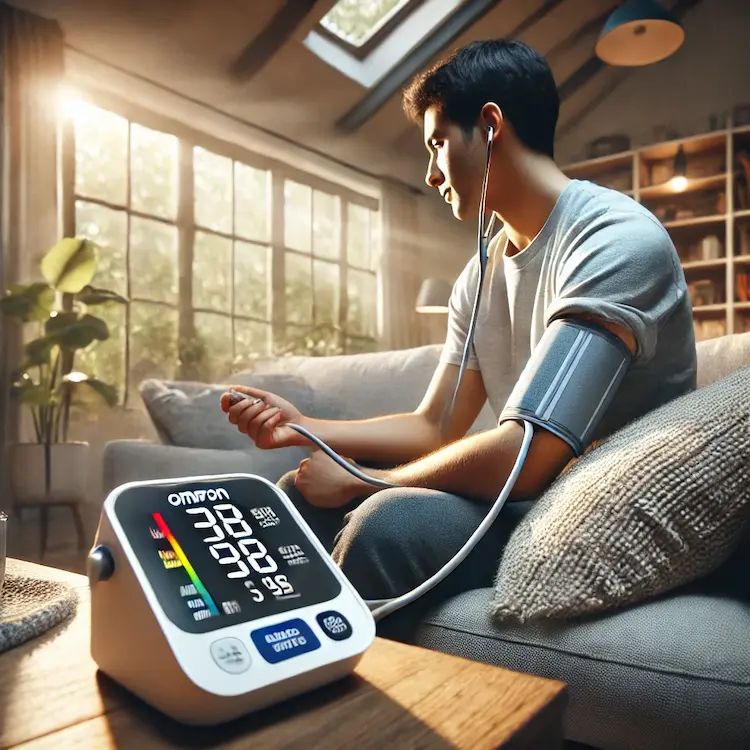Blood pressure monitoring is a crucial aspect of maintaining cardiovascular health, especially for individuals managing hypertension, heart conditions, or general wellness. When comparing Omron M6 Comfort vs Omron M700, two of the most prominent home-use blood pressure monitors from Omron, it’s essential to consider their clinically validated accuracy, user-friendly features, and automatic operation. Both devices serve distinct user needs while ensuring reliable readings.
This comprehensive article examines the differences between Omron M6 Comfort vs Omron M700, analyzing their suitability for consistent, long-term use. We will explore their features, ease of use, accuracy, technological integration, and cost-effectiveness while offering practical guidance for choosing the right device.
Blood pressure is a vital indicator of heart health. Regular and consistent measurements help detect conditions like hypertension early, allowing timely intervention. Here are some key reasons why consistent monitoring is essential:
A reliable home blood pressure monitor is necessary to ensure accurate readings and effective health management.

Both devices are designed for comfort and durability, but there are key differences:
| Feature | Omron M6 Comfort | Omron M700 |
|---|---|---|
| Cuff Type | Intelli Wrap Cuff (22-42 cm) | Intelli Wrap Cuff (22-42 cm) |
| Display | Large LCD with simple interface | Large LCD, slightly more refined |
| Portability | Compact but slightly bulkier | Slimmer design, easy to store |
| Power Source | Batteries or adapter | Batteries or adapter |
Verdict: The Omron M700 has a slightly more refined design, making it more compact and lightweight. However, both use the Intelli Wrap Cuff for accurate readings.
Omron devices are clinically validated, ensuring precise readings.
| Feature | Omron M6 Comfort | Omron M700 |
|---|---|---|
| Clinical Accuracy | Yes (Validated) | Yes (Validated) |
| Intelli Wrap Cuff | Yes | Yes |
| Irregular Heartbeat Detection | Yes | Yes |
| AFib Detection | No | Yes |
| Dual User Memory | Yes (100 readings per user) | Yes (100 readings per user) |
Verdict: The Omron M700 is more advanced in detecting atrial fibrillation (AFib), making it more suitable for those at risk of heart irregularities. However, both provide consistent and accurate readings.
A blood pressure monitor should be easy to operate, especially for seniors or users unfamiliar with technology.
| Feature | Omron M6 Comfort | Omron M700 |
|---|---|---|
| One-Touch Operation | Yes | Yes |
| Bluetooth Connectivity | No | Yes |
| App Integration | No | Yes (Omron Connect) |
| Automatic Data Logging | No | Yes |
Verdict: The Omron M700 stands out with its Bluetooth connectivity and Omron Connect app integration. This makes it ideal for users who prefer tracking trends on their smartphones.
For families or individuals tracking long-term health, storage capacity is important.
Verdict: The M700 wins due to automatic syncing, making it easier to keep records.
| Feature | Omron M6 Comfort | Omron M700 |
|---|---|---|
| Price Range | $80-$110 | $120-$150 |
| Cost Justification | Accurate & Reliable | Added Smart Features & AFib Detection |
The M700 is pricier due to smart features and AFib detection. If Bluetooth and app tracking are not priorities, the M6 Comfort remains a cost-effective choice.
Here are factors to consider when choosing between the two models:

Both Omron M6 Comfort and Omron M700 are reliable devices for long-term blood pressure monitoring. The choice depends on individual needs:
Regardless of choice, consistent monitoring leads to better health management.